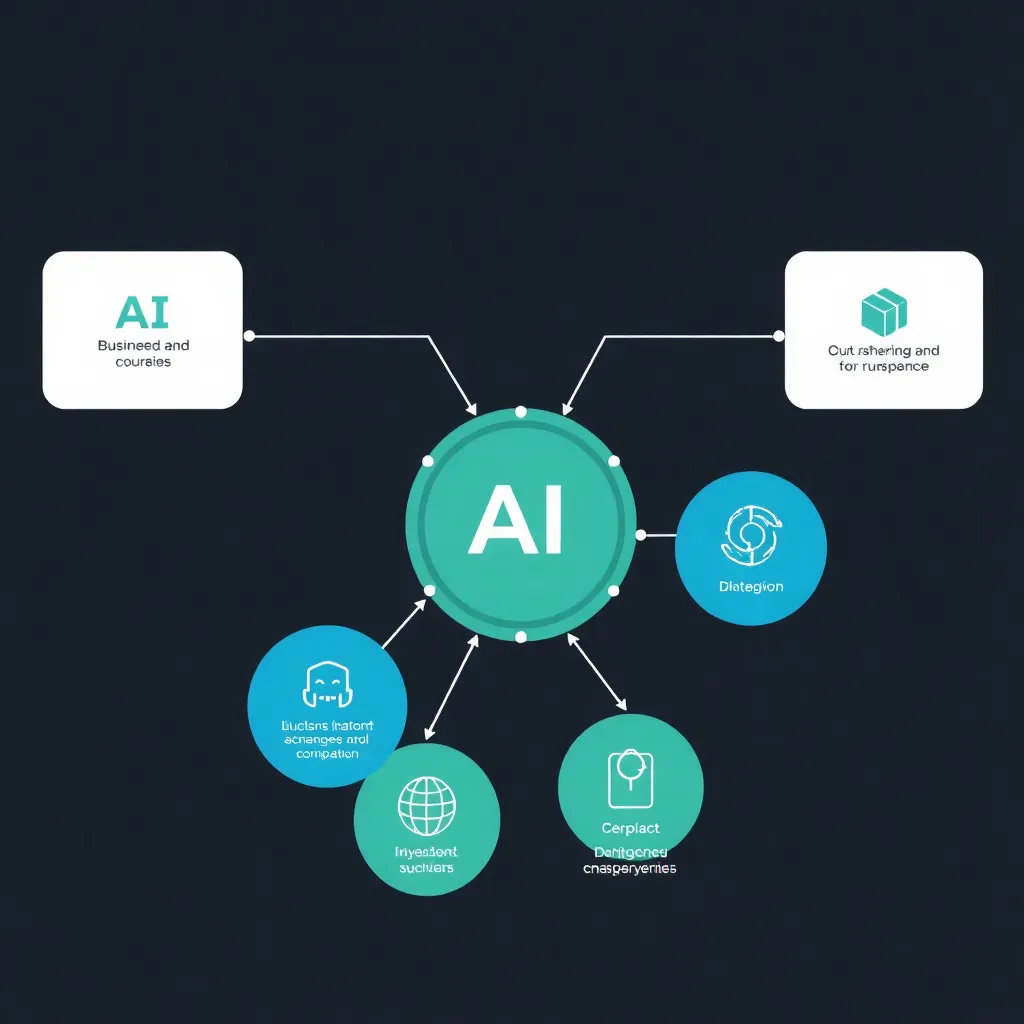Writer’s block is a common phenomenon that can cripple even the most experienced content creators, leading to missed deadlines, lost opportunities, and stagnant revenue growth. The pressure to consistently produce high-quality content can be overwhelming, especially when faced with tight deadlines and demanding clients. According to a study by the University of California, Irvine, the average person spends around 10-20% of their writing time on non-writing tasks, such as researching, outlining, and editing, which can further exacerbate the problem.
The consequences of writer’s block can be far-reaching, affecting not only the content creator’s productivity but also their mental health and overall well-being. A study by the American Psychological Association found that chronic stress, often triggered by creative blocks, can lead to anxiety, depression, and burnout. In the context of content creation, writer’s block can result in missed opportunities, lost clients, and a significant dent in revenue.
Fortunately, the advent of AI-generated content has opened up new avenues for content creators to overcome writer’s block and boost their productivity. By leveraging AI-powered tools, content creators can generate high-quality content quickly and efficiently, freeing up time and mental energy to focus on more creative and strategic aspects of their work. According to a report by MarketsandMarkets, the AI-powered content generation market is expected to grow from USD 1.6 billion in 2020 to USD 15.7 billion by 2025, at a Compound Annual Growth Rate (CAGR) of 43.3% during the forecast period.
The Rise of AI-Generated Content
Indeed, artificial intelligence has revolutionized the way we approach content creation. With its ability to process vast amounts of data and learn from patterns, AI-generated content can mimic the tone, style, and quality of human-written content. This has opened up new possibilities for businesses and individuals looking to maintain a consistent online presence without sacrificing quality or authenticity.
One of the most significant advantages of AI-generated content is its ability to scale. Whether you need to produce hundreds of social media updates or a steady stream of blog posts, AI can help you meet your content demands without breaking the bank. This is particularly useful for small businesses or solo entrepreneurs who may not have the resources to hire a team of writers.
Moreover, AI-generated content can also help with content optimization. By analyzing data on user engagement and search engine rankings, AI algorithms can identify the most effective keywords, phrases, and topics to include in your content. This can help improve your website’s visibility and drive more traffic to your site. According to a study by Search Engine Journal, AI-generated content can increase website traffic by up to 20%.
However, it’s essential to note that AI-generated content should be used as a supplement to human creativity, rather than a replacement. While AI can produce high-quality content, it often lacks the nuance, empathy, and emotional resonance that human writers bring to the table. By combining the strengths of both human and artificial intelligence, you can create a content strategy that is both efficient and effective.

Monetizing AI-Generated Content
One lucrative approach to monetizing AI-generated content is by establishing a subscription-based service. This model allows creators to offer exclusive, high-quality content to loyal readers who are willing to pay for premium material. By leveraging AI’s ability to produce engaging and informative content at scale, creators can attract and retain a dedicated audience willing to subscribe for access to unique insights, analysis, or entertainment. This approach has been successfully implemented by platforms like Netflix, which uses AI to personalize content recommendations and improve user experience.
Affiliate marketing presents another opportunity to turn AI-generated content into a profitable venture. By strategically incorporating affiliate links into AI-generated content, creators can drive traffic to partner websites and earn commissions on resulting sales or conversions. This approach requires careful planning and execution, as the AI-generated content must be relevant, engaging, and aligned with the target audience’s interests. According to a report by Affiliate Marketing Hub, affiliate marketing is a growing industry, with projected annual spending reaching $13 billion by 2025.
Both subscription-based services and affiliate marketing strategies rely on the ability of AI-generated content to attract and engage audiences. By focusing on quality, relevance, and user experience, creators can build trust with their audience and increase the likelihood of successful monetization. As the technology continues to evolve, we can expect to see even more innovative approaches to turning AI-generated content into profitable ventures.
Overcoming Quality Concerns
The quality and authenticity of AI-generated content have been a subject of concern for many. This is because AI algorithms, no matter how advanced, can sometimes produce content that lacks the nuance and emotional depth that human writers can bring to the table. As a result, it’s crucial to fine-tune your AI tools to ensure they’re producing content that resonates with your target audience.
One way to achieve this is by training your AI models on high-quality datasets that reflect the tone, style, and language of your target audience. This can involve feeding the algorithm with a vast amount of relevant data, which it can then use to learn patterns and relationships that inform its content generation. According to a study by IBM, AI models that are trained on high-quality datasets can produce content that’s nearly indistinguishable from human-written material.
Human editing and oversight also play a critical role in refining AI-generated content. By having a human review and edit the content produced by an AI algorithm, you can catch any errors, inconsistencies, or inaccuracies that might have slipped through. This hybrid approach can help ensure that the final product is polished, engaging, and meets the standards of your target audience.
Ultimately, the key to overcoming concerns about AI-generated content is to strike a balance between technology and human oversight. By fine-tuning your AI tools and incorporating human editing and review, you can produce high-quality content that resonates with your audience and builds trust in your brand.
Scaling Your Content Empire
As your AI-generated content strategy gains momentum, it’s essential to have a plan in place to scale your operations efficiently. This might involve upgrading to more sophisticated AI tools that can handle increased volumes of content, such as those offered by industry leaders like Acquia or Salesforce Einstein. These advanced tools can help streamline content creation, reduce production time, and maintain consistency across all platforms.
In addition to investing in technology, you may also need to build a team of human editors who can review, refine, and perfect AI-generated content. This hybrid approach ensures that your content meets the highest standards of quality, tone, and brand voice. By combining the efficiency of AI with the nuance of human oversight, you can produce high-volume content that resonates with your target audience.
Another key aspect of scaling your AI-generated content strategy is exploring new formats and channels. This could include venturing into podcasting, video content, or social media platforms that align with your brand’s goals and target audience. By diversifying your content offerings, you can reach a broader audience, increase engagement, and stay ahead of the competition.
Conclusion: Unlocking the Potential of AI-Generated Content
Writer’s block is a common phenomenon that can hinder the productivity of even the most skilled writers. It’s a mental roadblock that can lead to frustration, anxiety, and a significant loss of time. By incorporating AI-generated content into your strategy, you can overcome this obstacle and maintain a consistent flow of high-quality content. According to a study by Statista, 60% of marketers struggle with creating engaging content, and AI-generated content can be a game-changer in this regard.
The benefits of AI-generated content extend beyond just overcoming writer’s block. It can also help you scale your content production, reduce costs, and increase efficiency. With the ability to generate high-quality content at a rapid pace, you can focus on other aspects of your business, such as marketing and sales. This can lead to a significant increase in revenue and profitability. In fact, a study by MarketingProfs found that 61% of marketers believe AI-generated content has improved their overall marketing performance.
However, it’s essential to note that AI-generated content is not meant to replace human writers entirely. Rather, it’s a tool that can augment and enhance their capabilities. By leveraging AI-generated content, you can free up your human writers to focus on high-level creative tasks, such as strategy and ideation. This hybrid approach can lead to a significant improvement in content quality and overall business performance.

